Home>Renovation & DIY>Tools & Equipment>How To Fix Dry Paint Brushes
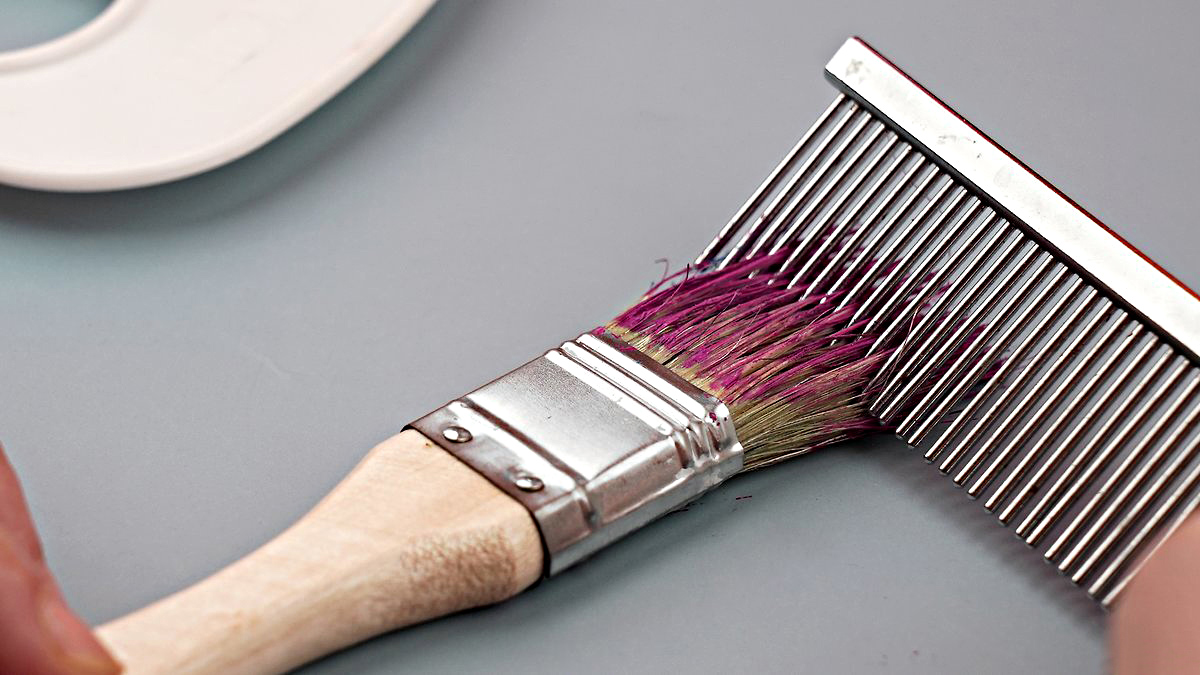

Tools & Equipment
How To Fix Dry Paint Brushes
Modified: February 26, 2024
Learn how to revive dry paint brushes with simple tools and equipment. Follow these easy steps to restore your brushes to their former glory. Keep your painting tools in top condition.
(Many of the links in this article redirect to a specific reviewed product. Your purchase of these products through affiliate links helps to generate commission for Storables.com, at no extra cost. Learn more)
Introduction
Painting can be a therapeutic and fulfilling activity, but the aftermath of dried and stiff paint brushes can be disheartening. However, fear not! With the right techniques and a little TLC, you can restore your dry paint brushes to their former glory. In this guide, we will explore the various methods and tools required to revive your beloved brushes, ensuring they remain in prime condition for your next artistic endeavor.
Whether you are a seasoned artist or a novice painter, understanding how to fix dry paint brushes is an essential skill. By learning the proper methods for cleaning, conditioning, and reshaping your brushes, you can extend their lifespan and maintain their performance, ultimately saving time and money.
So, let’s delve into the world of paint brush restoration and equip ourselves with the knowledge and techniques needed to breathe new life into our cherished painting tools.
Key Takeaways:
- Proper cleaning, conditioning, and reshaping can revive dry paint brushes, ensuring they remain flexible and ready for your next artistic project. Regular maintenance extends their lifespan and saves you time and money.
- Understanding the causes of brush stiffening and implementing proper cleaning techniques can prevent damage and promote sustainability. With care and attention, your brushes will be reliable companions on your artistic journey.
Read more: How To Reshape Paint Brushes
Understanding the Problem
Before diving into the solutions, it’s crucial to comprehend why paint brushes become dry and stiff. When paint residue is left to dry on the bristles, it hardens and causes the once supple and flexible brushes to lose their original form. This can happen if brushes are not thoroughly cleaned after each use or if they are stored improperly.
Furthermore, certain types of paint, such as oil-based and acrylic paints, tend to dry quickly, making it challenging to prevent the brushes from stiffening. Additionally, exposure to air and lack of proper care can exacerbate the issue, resulting in hardened bristles that are difficult to revive.
It’s important to note that using excessive force to remove dried paint from the bristles can also contribute to the damage, causing the bristles to fray and lose their shape. Understanding the root causes of dry paint brushes is essential in implementing effective solutions to restore them without causing further harm.
Now that we have a clear understanding of the problem at hand, we can explore the step-by-step methods to breathe new life into our dry paint brushes, ensuring they are ready for your next artistic masterpiece.
Cleaning and Conditioning the Brushes
Proper cleaning and conditioning are essential steps in revitalizing dry paint brushes. Here’s a comprehensive guide to restoring your brushes to their former glory:
- Step 1: Remove Excess Paint: Begin by gently scraping off any excess dried paint from the bristles using a brush comb or an old toothbrush. Be careful not to apply excessive force, as this can damage the bristles.
- Step 2: Rinse with Warm, Soapy Water: Fill a container with warm water and add a small amount of mild liquid soap. Swirl the brushes in the soapy water, gently massaging the bristles to loosen any remaining paint. Rinse and repeat until the water runs clear.
- Step 3: Condition with Oil: For natural bristle brushes, consider conditioning the bristles with a small amount of brush oil or hair conditioner. Gently work the oil or conditioner into the bristles, then reshape the brush and allow it to air dry.
- Step 4: Shape and Dry: After cleaning, reshape the bristles to their original form using your fingers. Avoid using excessive force, as this can cause damage. Once reshaped, lay the brushes flat to dry or hang them with the bristles pointing downward to maintain their shape.
By following these steps, you can effectively remove dried paint and restore flexibility to the bristles, ensuring that your brushes are once again ready for use. Additionally, regular conditioning can help prevent bristles from becoming dry and stiff in the future, prolonging the lifespan of your brushes.
To fix dry paint brushes, soak them in warm soapy water for a few hours, then gently comb out the dried paint with a brush comb or old toothbrush. Rinse and reshape the bristles before allowing them to air dry.
Using Solvents and Cleaners
When traditional cleaning methods are insufficient to remove stubborn dried paint from your brushes, solvents and specialized cleaners come to the rescue. Here’s how to effectively utilize solvents and cleaners to rejuvenate your paint brushes:
- Mineral Spirits or Paint Thinner: For oil-based paints, mineral spirits or paint thinner can be highly effective in breaking down and dissolving dried paint. Soak the bristles in the solvent for a few hours, then gently comb through the softened paint with a brush comb or old toothbrush. Follow up with a thorough cleaning using warm, soapy water to remove any remaining residue.
- Acetone or Nail Polish Remover: When dealing with stubborn acrylic paint, acetone or nail polish remover can be used to break down the dried paint. However, exercise caution as these solvents can be harsh and may cause damage to certain types of bristles. Test a small amount on a discrete area of the bristles before proceeding.
- Specialized Brush Cleaners: There are various commercial brush cleaners available that are designed to effectively remove dried paint from bristles. These cleaners are formulated to break down paint without causing damage to the bristles. Follow the manufacturer’s instructions for best results.
It’s important to note that when using solvents and cleaners, proper ventilation and protective gloves should be used to ensure safety. Additionally, always thoroughly clean the brushes with warm, soapy water after using solvents to remove any residual chemicals and maintain the brushes’ integrity.
By incorporating solvents and cleaners into your brush restoration process, you can effectively tackle stubborn dried paint, restoring your brushes to their optimal condition and readying them for future artistic endeavors.
Restoring the Shape of the Brush
Over time, paint brushes can lose their original shape, especially if they have been improperly stored or neglected. Fortunately, restoring the shape of a brush is achievable with the right techniques. Here’s how to bring back the form and function of your beloved brushes:
- Reshaping Natural Bristle Brushes: To reshape natural bristle brushes, dip the bristles in hot water for a few seconds to soften them. Gently reshape the bristles with your fingers, coaxing them back into their original form. Once reshaped, rinse the bristles with cool water and allow the brush to air dry.
- Reshaping Synthetic Bristle Brushes: Synthetic bristle brushes can be reshaped by dipping the bristles in hot water, followed by gently reshaping and allowing them to air dry. Be mindful not to use water that is too hot, as it can damage synthetic bristles.
- Using a Brush Shaper or Protector: Brush shapers or protectors are specially designed tools that help maintain the shape of brushes during storage. Simply insert the brush into the shaper or protector after cleaning and reshaping, and allow it to air dry. This helps the bristles retain their original form and prevents them from splaying.
By employing these methods, you can effectively restore the shape of your paint brushes, ensuring that they are in optimal condition for your next artistic endeavor. Properly shaped bristles not only enhance the application of paint but also prolong the lifespan of the brushes, making them a valuable investment for any artist.
Read more: How To Get Paint Off Of Paint Brushes
Conclusion
Reviving dry paint brushes is a rewarding endeavor that not only saves valuable tools but also promotes sustainability and cost-efficiency. By understanding the causes of brush stiffening, implementing proper cleaning and conditioning techniques, utilizing solvents and cleaners when necessary, and restoring the shape of the brushes, you can breathe new life into your painting tools.
Remember, prevention is key to maintaining the longevity of your brushes. After each painting session, dedicate time to thoroughly clean and condition your brushes, ensuring that they are free from any residual paint. Proper storage, such as hanging brushes with the bristles pointing downward or utilizing protective shapers, can also prevent bristles from losing their shape and becoming stiff.
By incorporating these practices into your painting routine, you can prolong the lifespan of your brushes and elevate the quality of your artwork. Additionally, regular maintenance and care of your brushes contribute to a more sustainable and environmentally conscious approach to artistry, reducing the need for frequent brush replacements.
So, the next time you encounter dry and stiff paint brushes, approach the restoration process with confidence, armed with the knowledge and techniques to bring your brushes back to life. With a little care and attention, your brushes will continue to be reliable companions on your artistic journey, ready to help you bring your creative visions to life.
Happy painting!
Frequently Asked Questions about How To Fix Dry Paint Brushes
Was this page helpful?
At Storables.com, we guarantee accurate and reliable information. Our content, validated by Expert Board Contributors, is crafted following stringent Editorial Policies. We're committed to providing you with well-researched, expert-backed insights for all your informational needs.
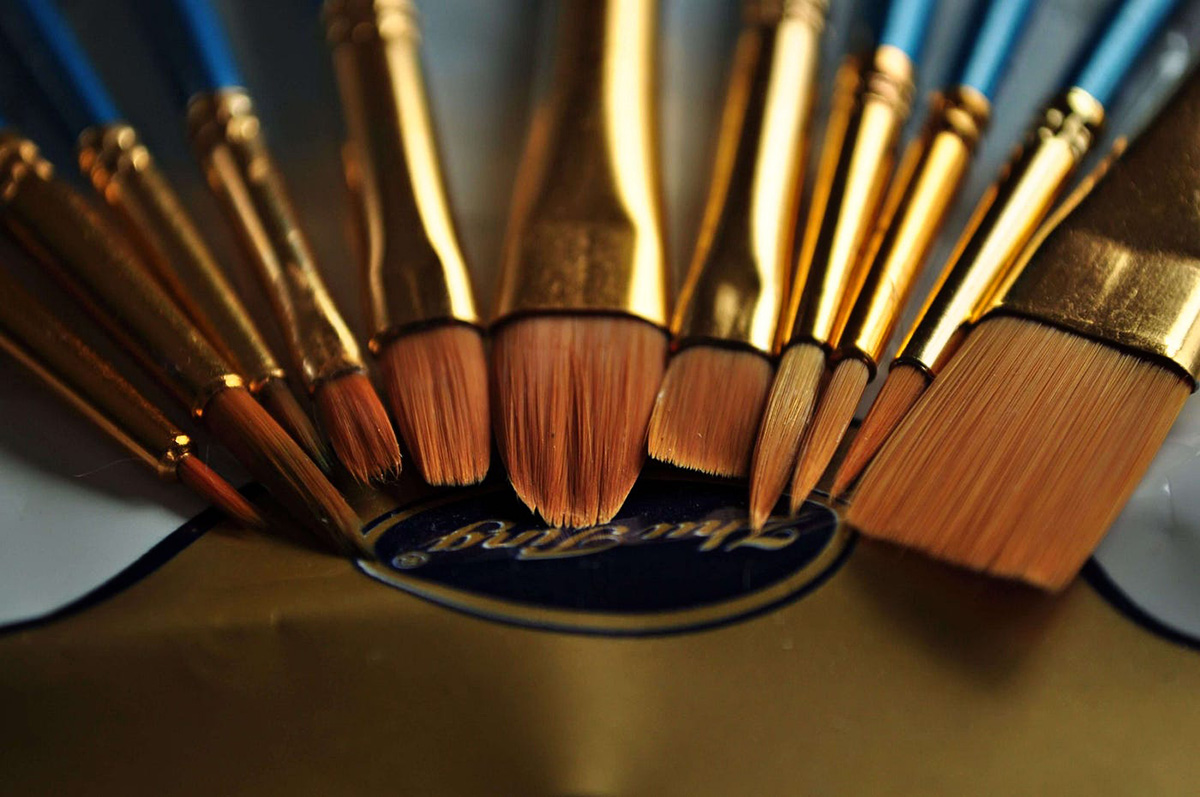
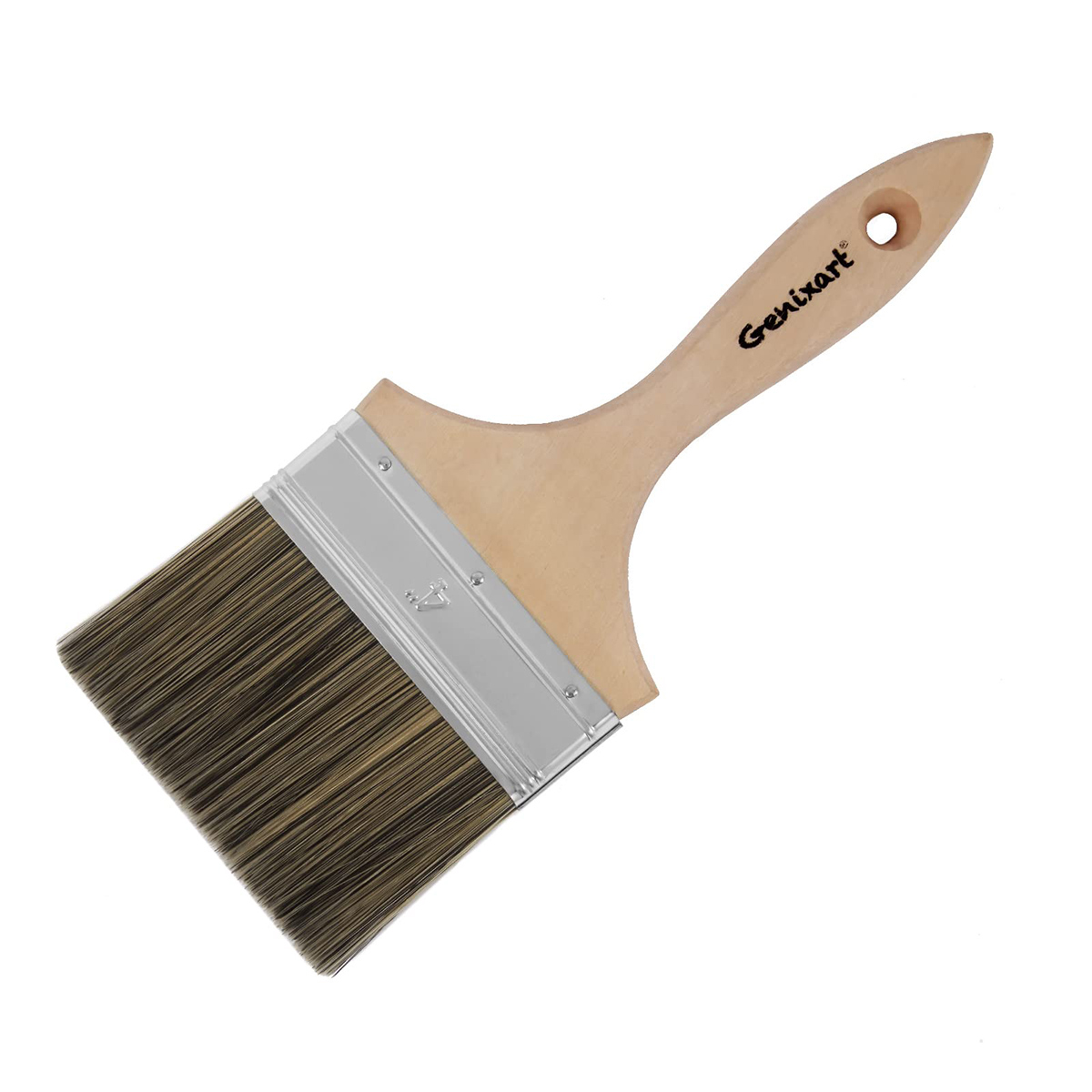
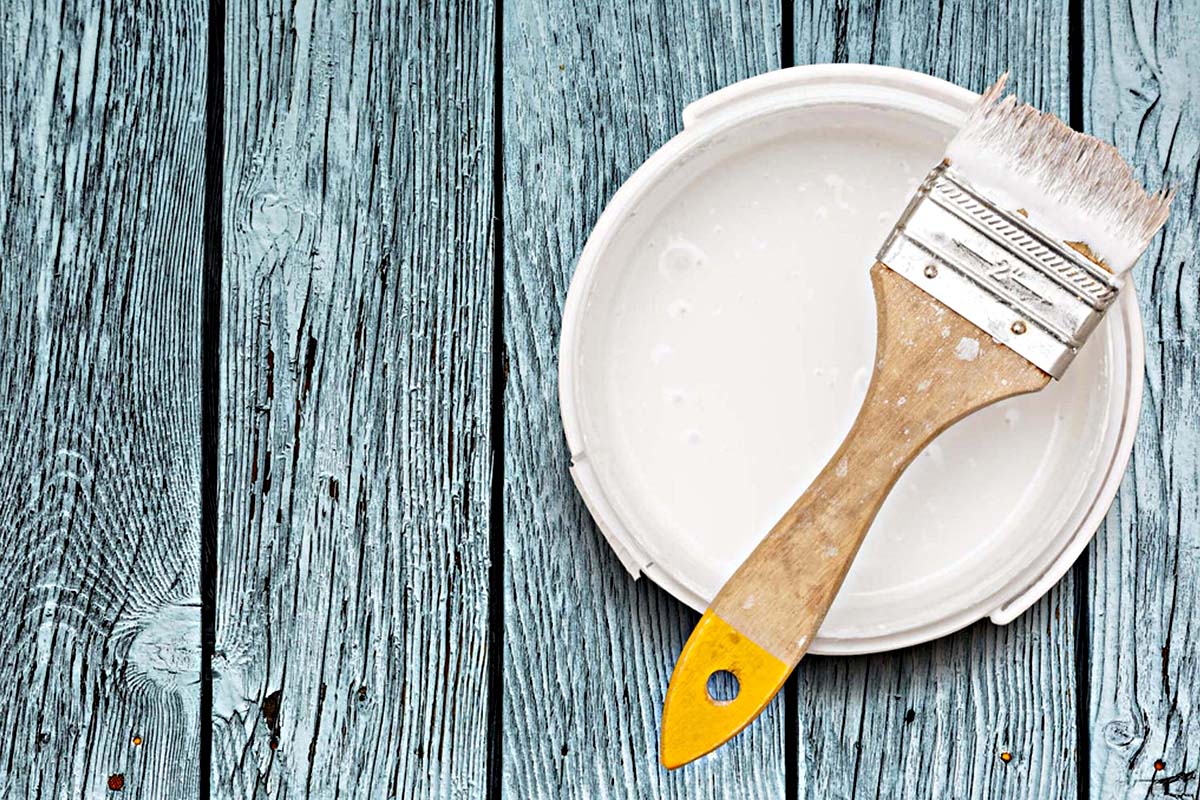
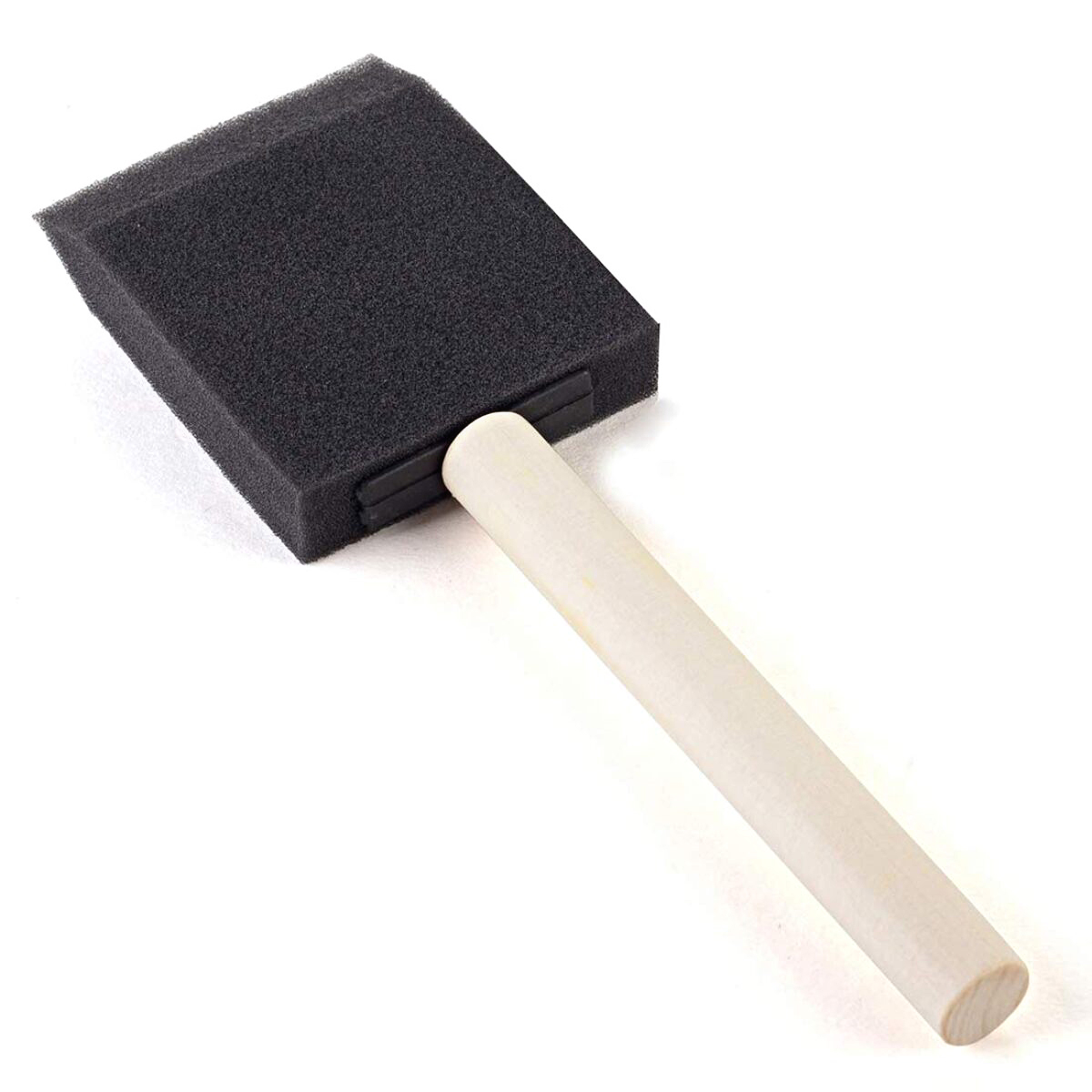
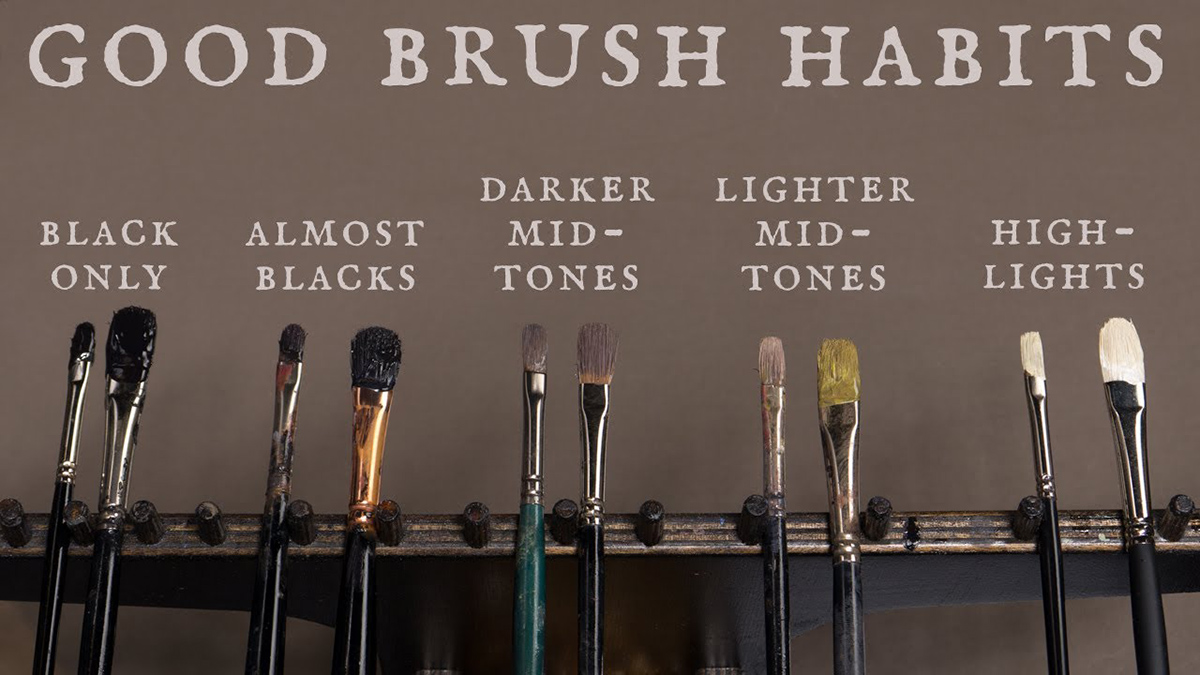
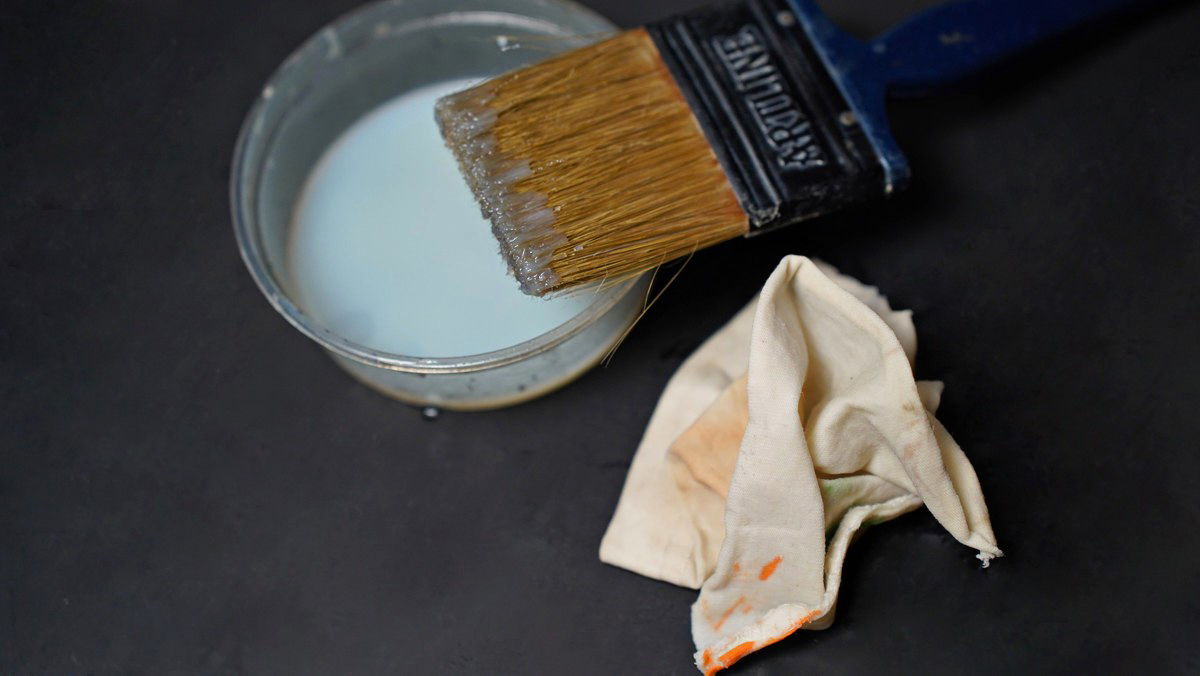
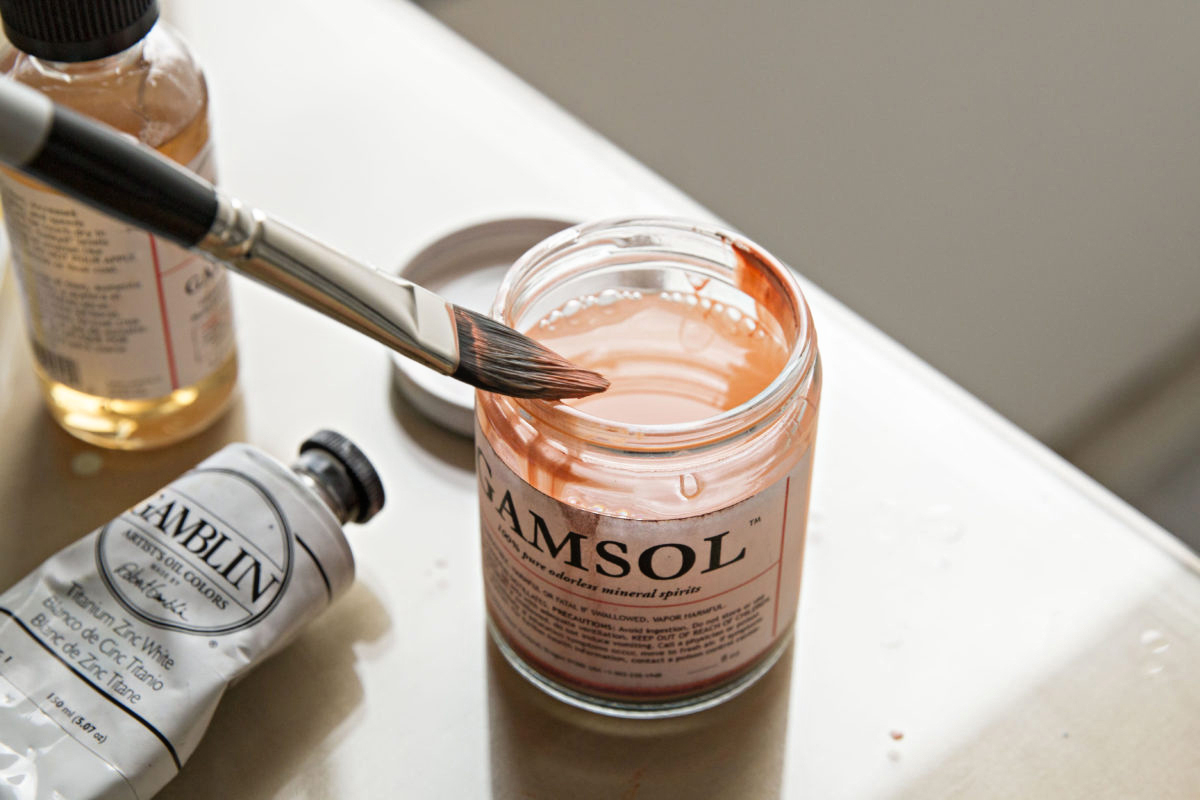
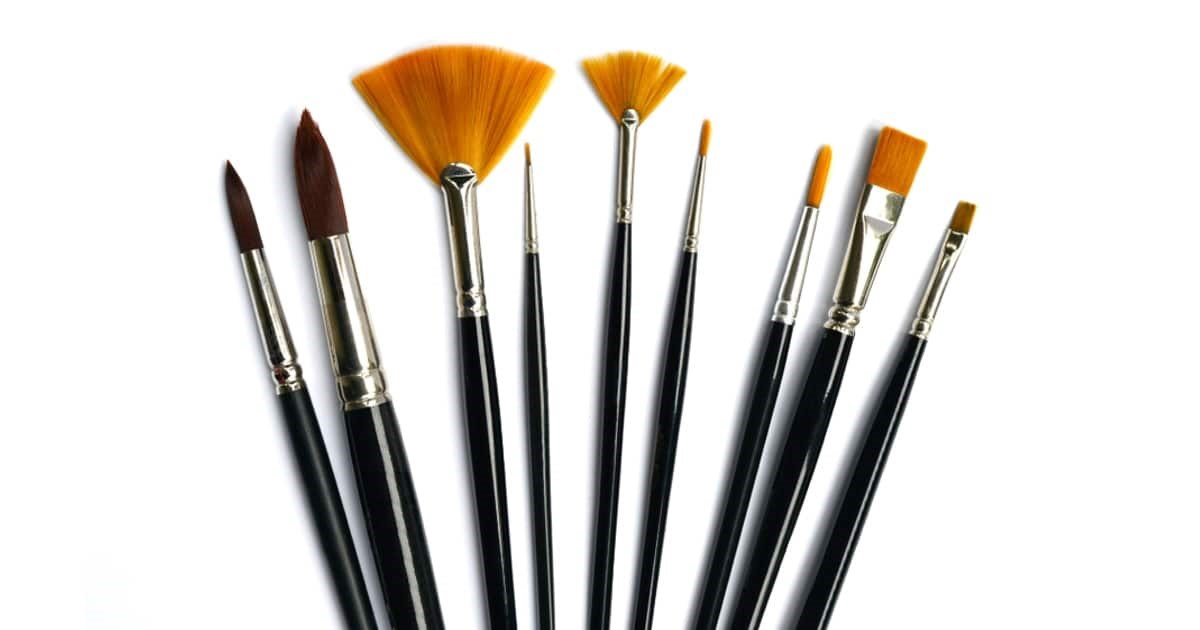
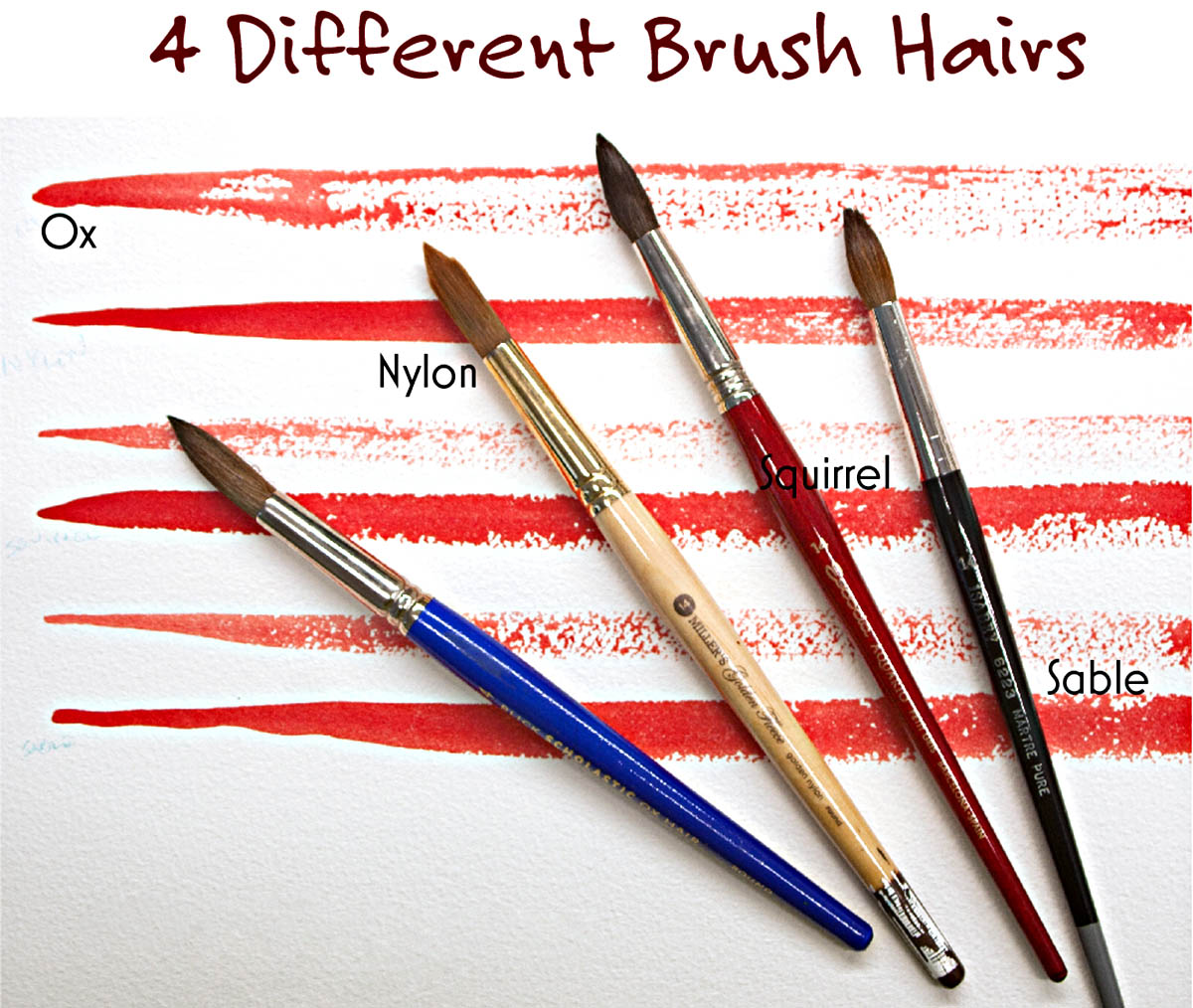
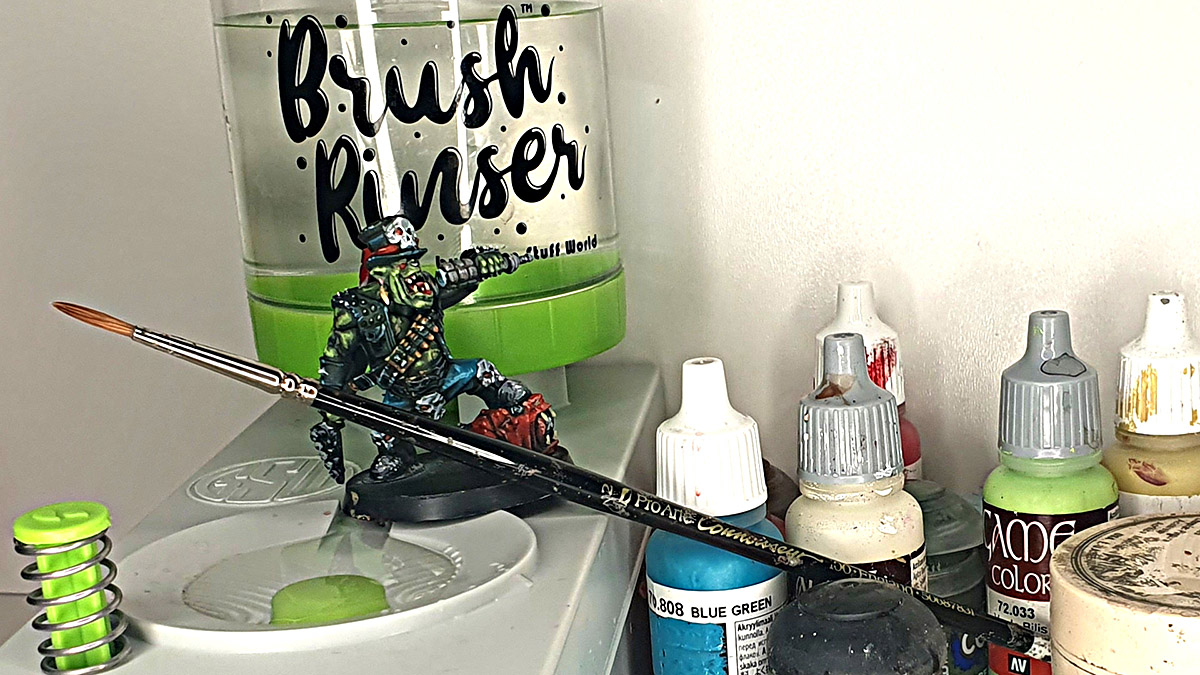
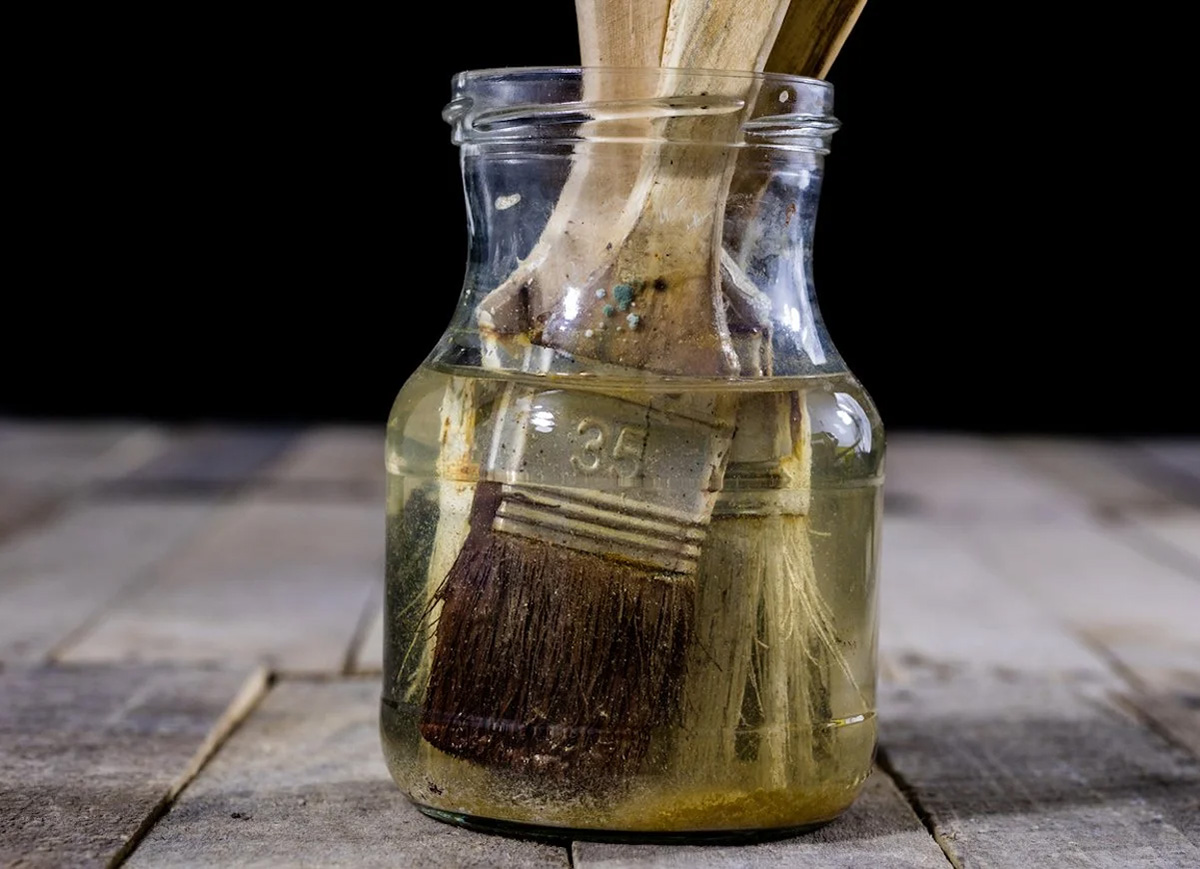
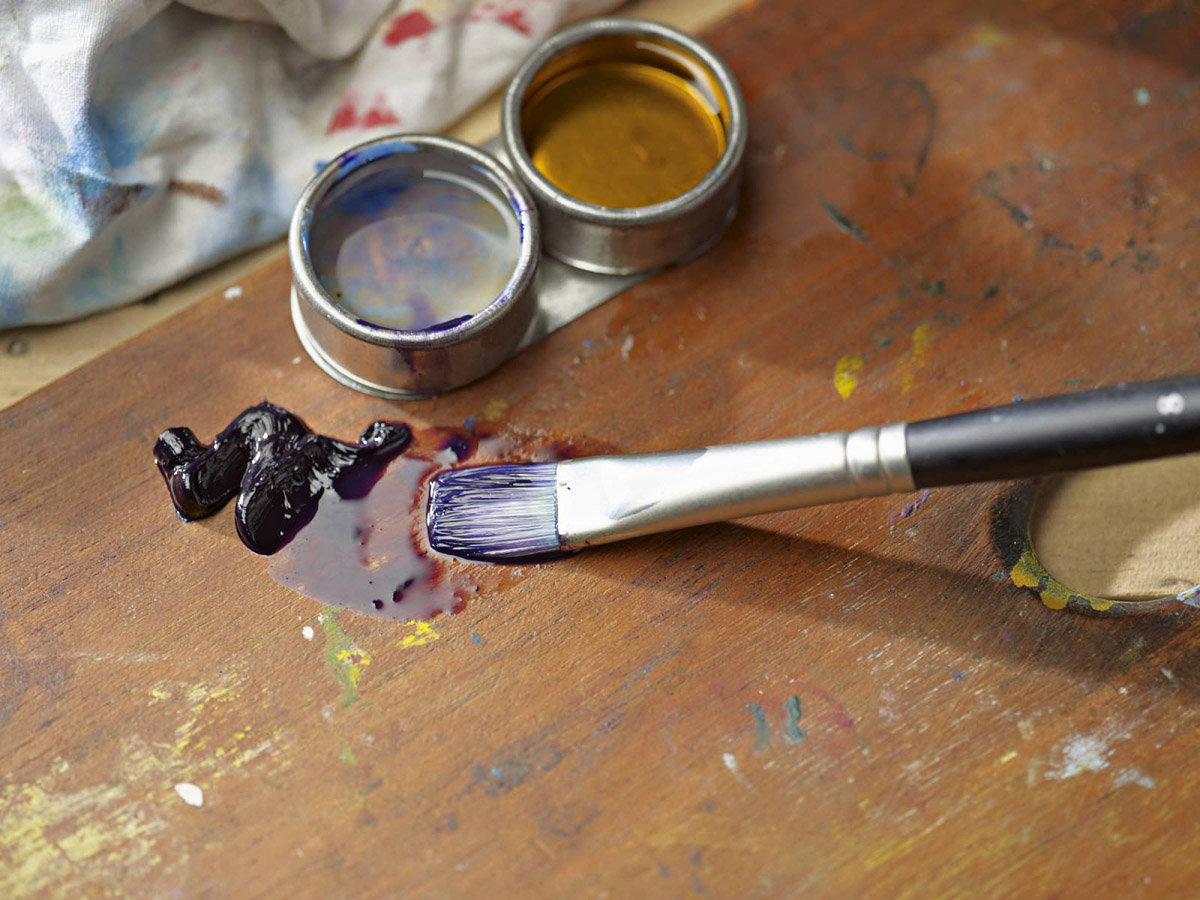
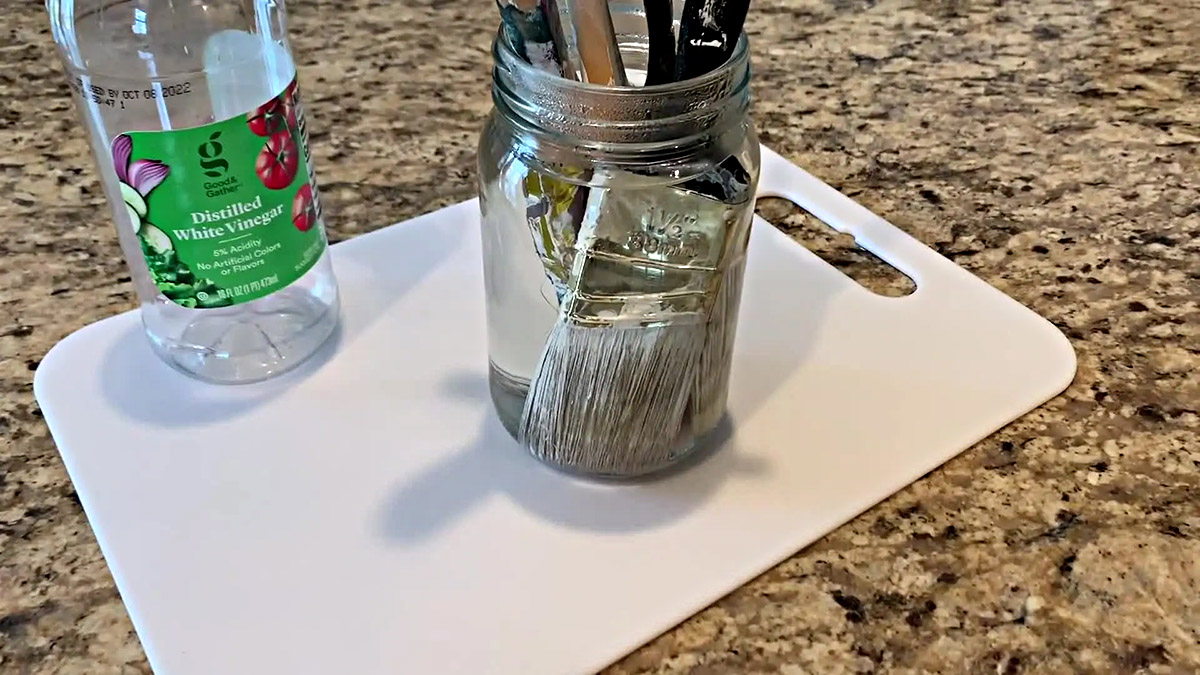
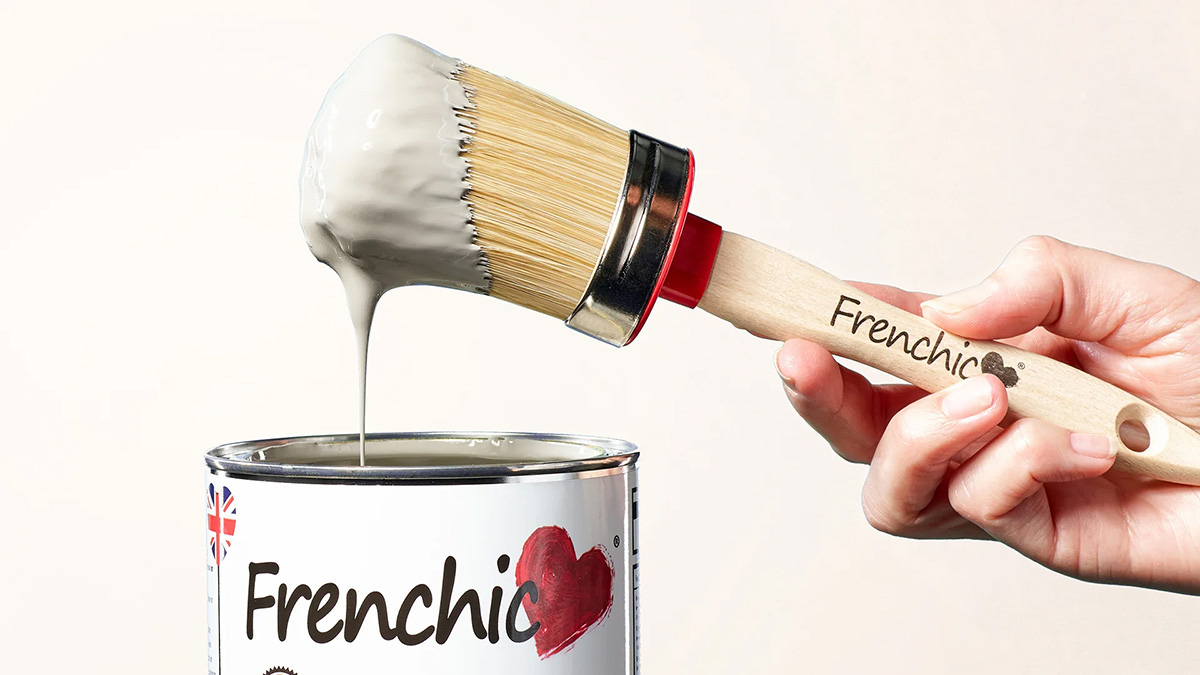

0 thoughts on “How To Fix Dry Paint Brushes”